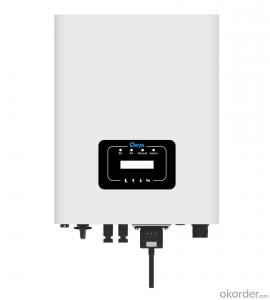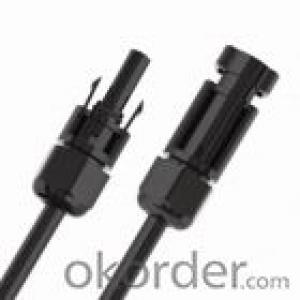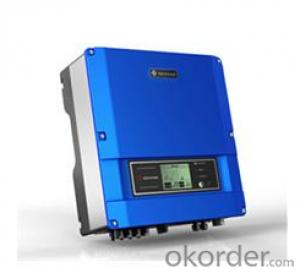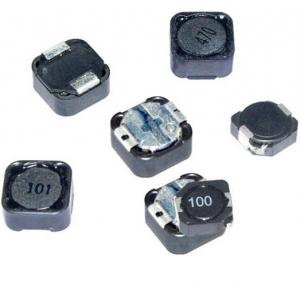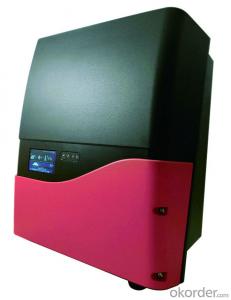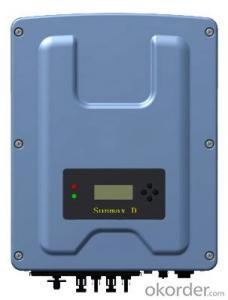Spd In Solar Inverter
Spd In Solar Inverter Related Searches
Spd For Solar Inverter Sps Solar Inverter Inverter In Solar Inverter In Solar Power Plant Solar Powered Inverter Inverter In Solar Panel System Solar Powered Power Inverter Power Solar Inverter Cps Solar Inverter Inverter On Solar Panel Solar Power Grid Inverter Smart Solar Power Inverter Solar Power Plant Inverter Inverter In Solar Energy Solar Sma Inverter Solar Power Inverter System Solar Hybrid Inverter Smart Inverter Solar Solar Based Inverter Solar Pv Inverter Solar Inverter Power On Grid Solar Power Inverter Solar Smart Inverter Smart Hybrid Solar Inverter Pwm Solar Inverter Smart Solar Inverter Solar Inverter Drive Solar Solar Inverter Smart Inverter Solar Power Mp Solar InverterSpd In Solar Inverter Supplier & Manufacturer from China
Solar inverters are essential components in photovoltaic systems, converting the direct current (DC) generated by solar panels into alternating current (AC) that can be used by the electrical grid or various appliances. Among the various types of solar inverters available in the market, SPD in Solar Inverter stands out for its unique features and performance capabilities. These inverters are designed to handle the varying demands of solar power systems, ensuring efficient energy conversion and reliable operation.The application of SPD in Solar Inverter is extensive, as they are used in a wide range of scenarios, from residential rooftop installations to large-scale commercial and industrial solar power plants. They are particularly useful in areas where the electrical grid is unstable or where there is a need for backup power during outages. By integrating surge protection devices (SPD) within the inverter, these systems can protect the solar panels and other electrical components from damage caused by voltage surges, ensuring the longevity and safety of the entire solar power setup.
Okorder.com is a reputable wholesale supplier of SPD in Solar Inverter, offering a vast inventory of these high-quality products to customers worldwide. With a commitment to providing reliable and efficient solar power solutions, Okorder.com ensures that their SPD in Solar Inverter products meet the highest industry standards. This extensive inventory allows customers to find the right inverter for their specific needs, whether they are looking for a small-scale residential system or a large commercial installation. By partnering with Okorder.com, customers can benefit from competitive pricing, fast shipping, and excellent customer support, making the process of selecting and purchasing SPD in Solar Inverter a seamless experience.
Hot Products
